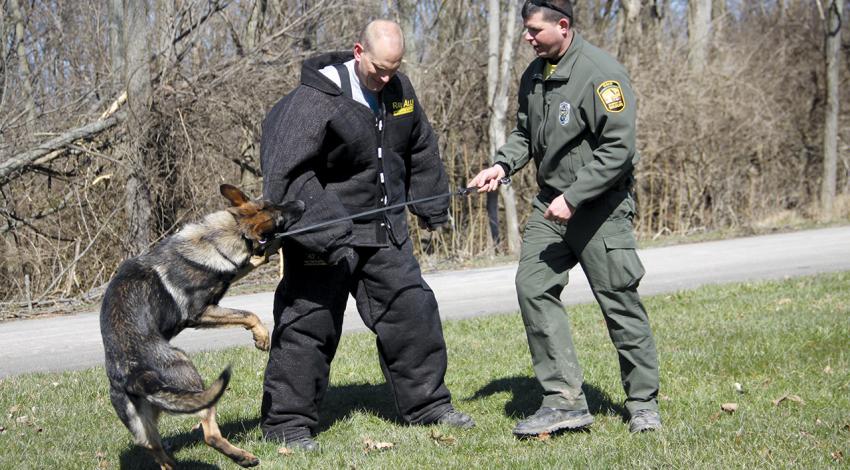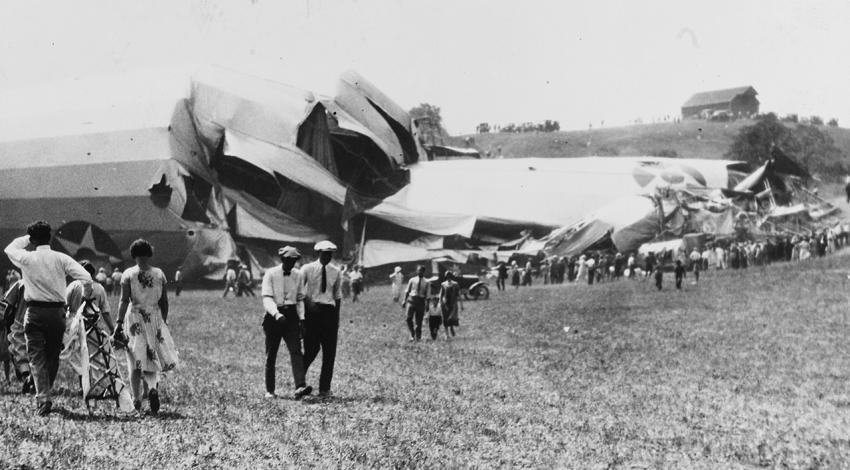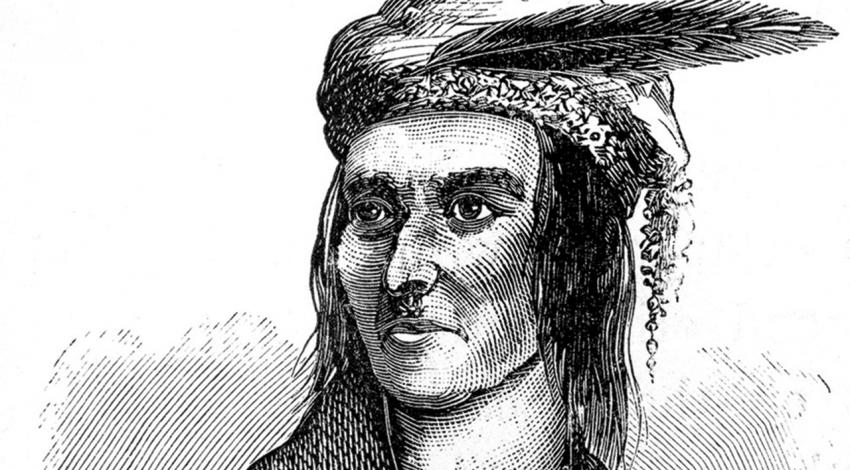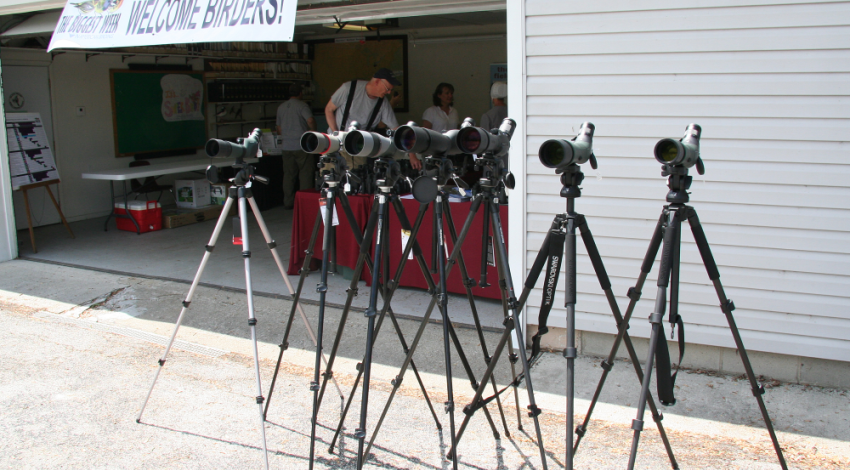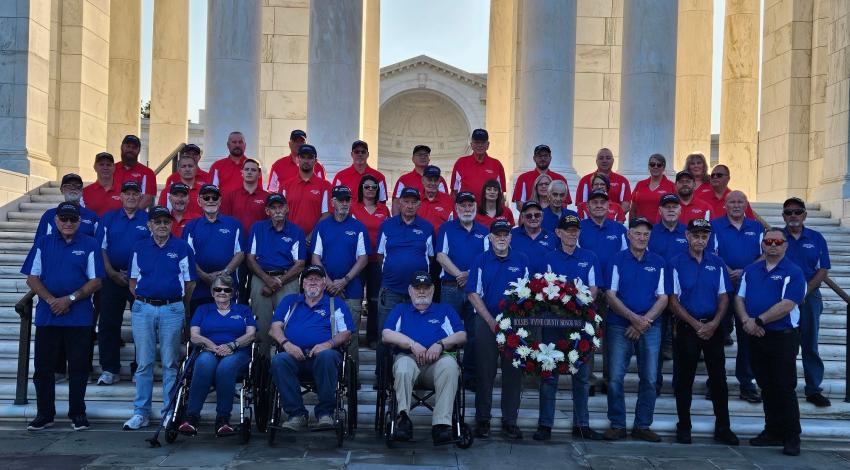Let’s look to the future: It’s mid-July and incredibly hot, just as it’s been every summer. On one of those 80-80 days — in the ballpark of 80 degrees accompanied by 80 percent humidity — the condensation pools on the table around the base of your glass of iced tea.
Conveniently, ice is but a few steps away. Open the freezer, twist a white rectangular tray, and cubes fall out; push a button on the door and crescent-shaped ice chips cascade into your glass.






